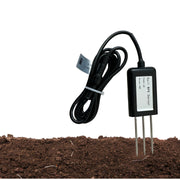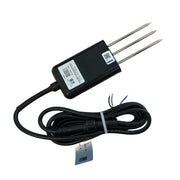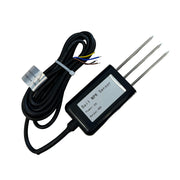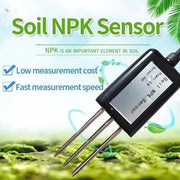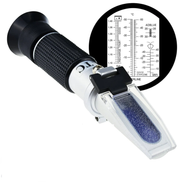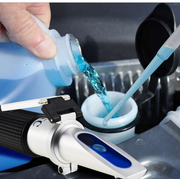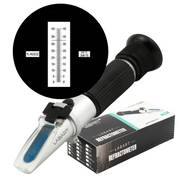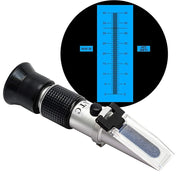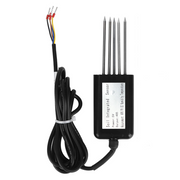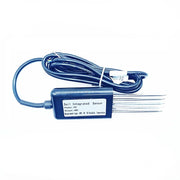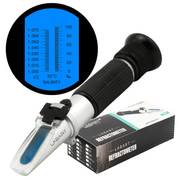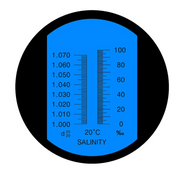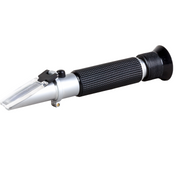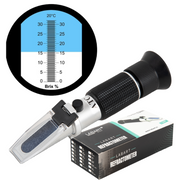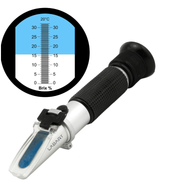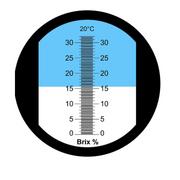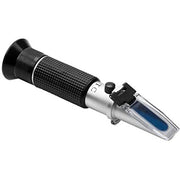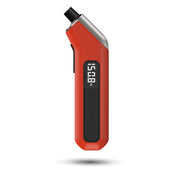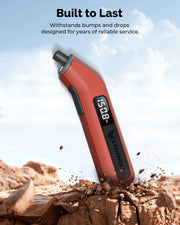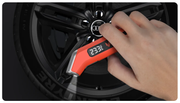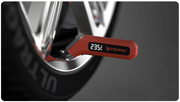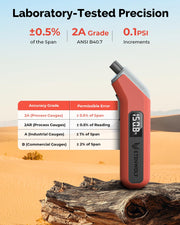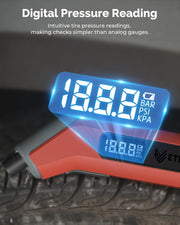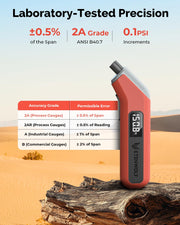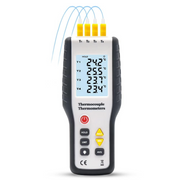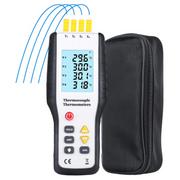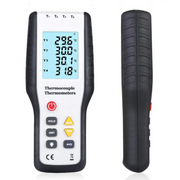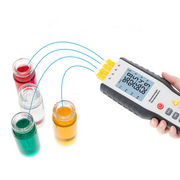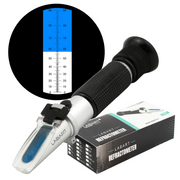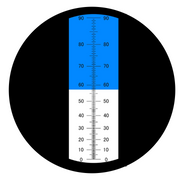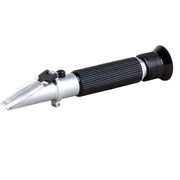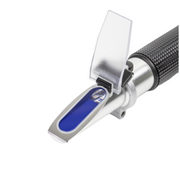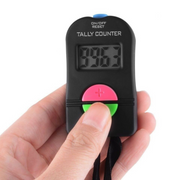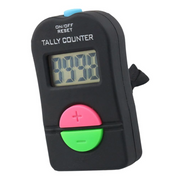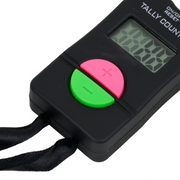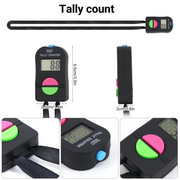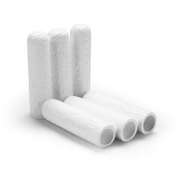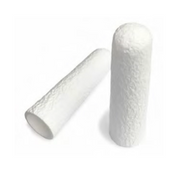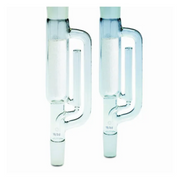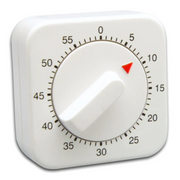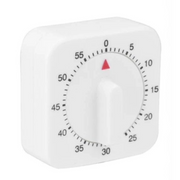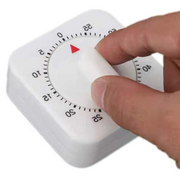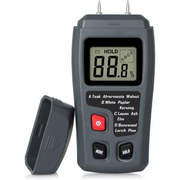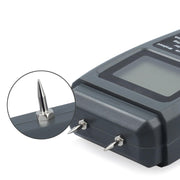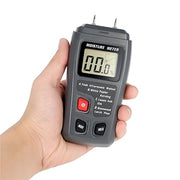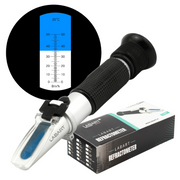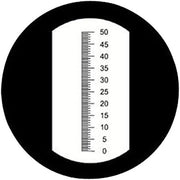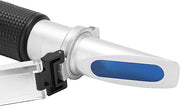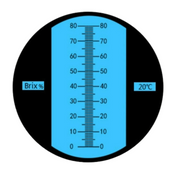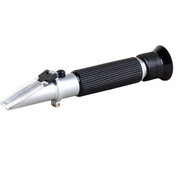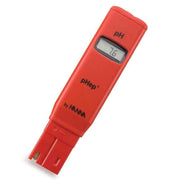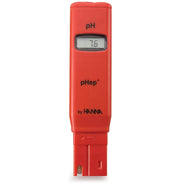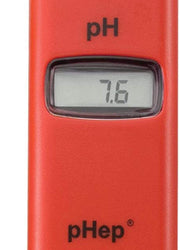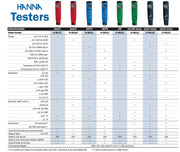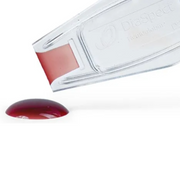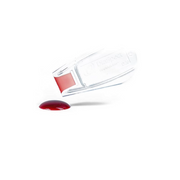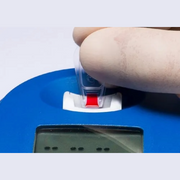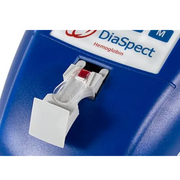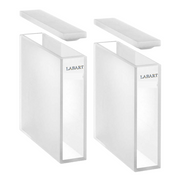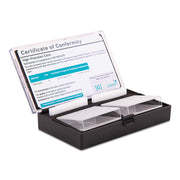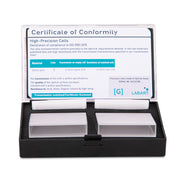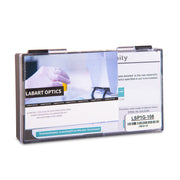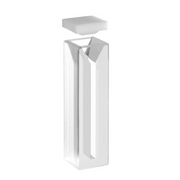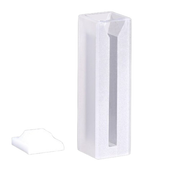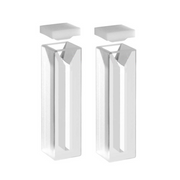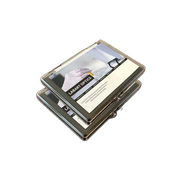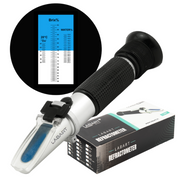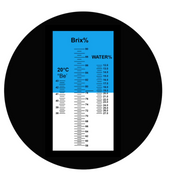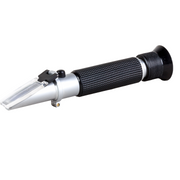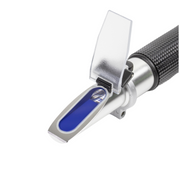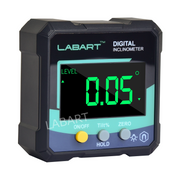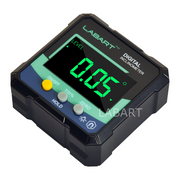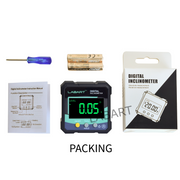Have you ever wondered how scientists measure the concentration of substances in a liquid? Or how they determine the quality of a material? The answer lies in a fascinating instrument called a refractometer. In this blog post, we will delve into the world of refractometers and explore how they work their magical measurement.
When it comes to exploring the fascinating world of measuring the concentration of substances in liquids, the refractometer is a true star. These nifty devices might sound complex, but we're here to unravel their secrets in simple terms.
What is a Refractometer?
A refractometer is like a wizard's wand for scientists and enthusiasts who want to know the concentration of a substance in a liquid, but instead of magic spells, it relies on the enchanting properties of light. This unassuming handheld tool can help us measure the concentration of things like sugar, salt, or even the goodness in our fruits and vegetables.
The Magic of Refraction
To understand how a refractometer works, we need to talk about refraction. Imagine you're standing at the edge of a swimming pool on a hot summer's day. As you gaze into the water, you might notice that objects beneath the surface seem slightly shifted or bent. This phenomenon is called refraction.
Refractometers make use of this magical bending of light to determine the concentration of a substance in a liquid. Here's how it works:
- The Light Show: You start by placing a drop of your liquid sample on a glass surface. It could be fruit juice, a sugar solution, or any liquid you're curious about.
- The Ray of Light: Now, a ray of light (often from an LED) enters the refractometer. This ray dives into the liquid sample, but as it does, it changes speed. The change in speed is what causes the magical bending or refraction of the light
- Measurement Time: A prism inside the refractometer then works its own magic. It measures the angle at which the light is bent as it passes through your liquid sample.
- The Refractive Index: The bending of the light is directly related to the refractive index of your liquid. The refractive index is like a fingerprint unique to each substance. It tells us how much the speed of light changes as it travels through that substance.
- Concentration Unveiled: By knowing the refractive index of your liquid and comparing it to the refractive index of the pure substance, the refractometer can calculate the concentration of the substance in your liquid. It's a bit like deducing how much sugar is in your sweet tea based on how much the tea appears to distort the light.
And there you have it, the not-so-mysterious secret behind refractometers. They help us see the unseen, measure the immeasurable, and unlock the magical world of substance concentration.
So next time you're enjoying a ripe, juicy fruit or a perfectly brewed cup of coffee, remember that refractometers played their part in making it just right. Whether you're a scientist, a chef, a gardener, or simply a curious mind, these humble devices are here to make your liquid measurements a piece of cake.





















